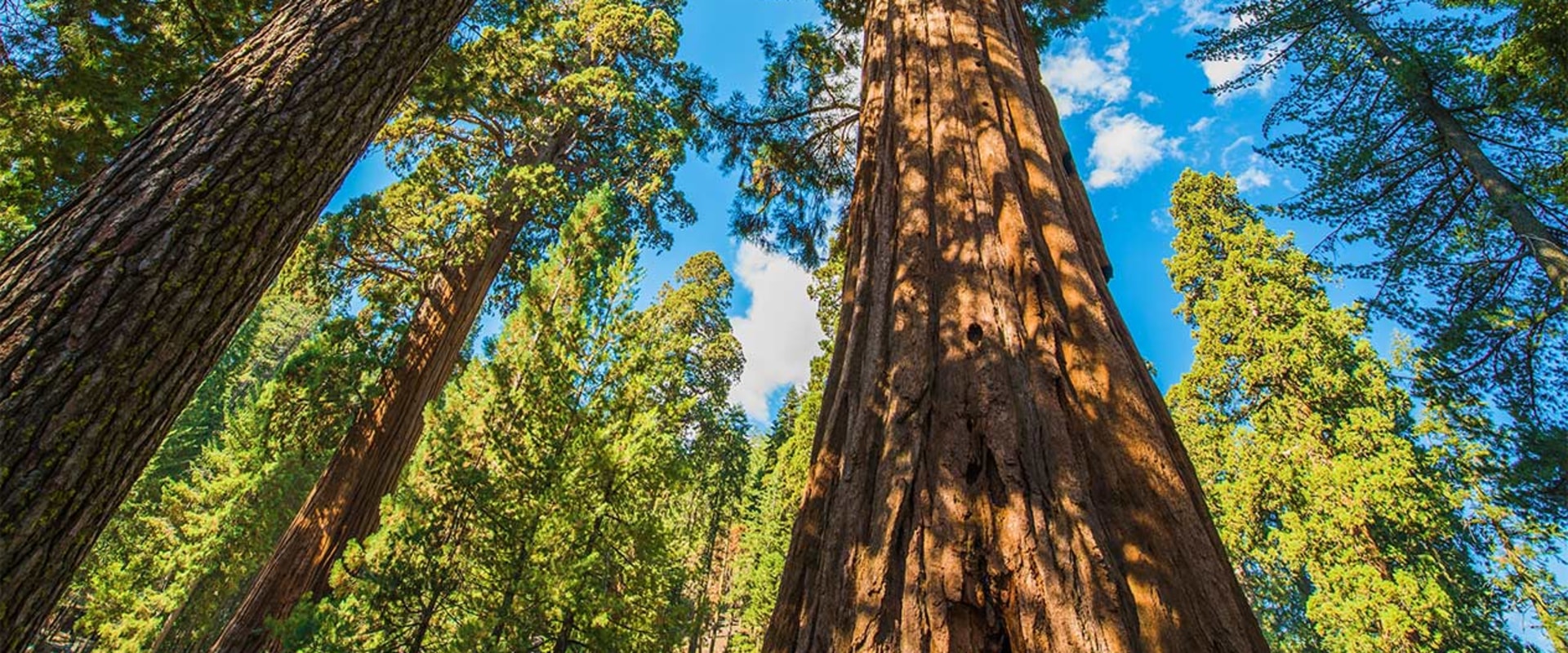Forest management focuses on managing vegetation, restoring ecosystems, reducing hazards and maintaining Forest management is the active tendency of a wooded area to achieve certain objectives. It can include anything from intentionally taking little or no action within a forest ecosystem to intensive active management with more complex tasks. The purpose of using forest management strategies includes preventing situations, such as wildfires, and ensuring the safety of those who live nearby. The discussion of what exactly MFS means has kept the forestry profession busy, probably ever since von Carlowitz first mentioned the term “sustainable” in relation to forest management in 1713 by von Carlowitz in Central Europe.
The question is already raised as to whether SFM is a mere constraint on forest management or if it is a goal in itself. Thinning occurs when a forest manager extracts trees or other plant life to promote the growth of natural species in an ecosystem, rather than invasive species. Forest management certification is the process by which the performance of field forest operations is evaluated against a predetermined set of standards. For centuries before Europeans settled in the United States, people used forest resources and influenced the ecological conditions of forests through Within a UMF, individual forest stands are managed according to management plans and their physical condition and condition vary with the weather.
An important dimension of SFM is the scale at which it applies: global, national, subnational, landscape, forest management unit (FMU) or forest mass. The importance of caring for forests for sustainable ecological and economic reasons has been demonstrated in the television program Ax Men. On a global and national scale, the objective of SFM is to contribute to the management, conservation and sustainable development of all types of forests and to ensure their multiple complementary functions. Forest managers can also examine bodies of water, such as streams and rivers, to ensure that wildlife has safe water to live and drink.
This type of harvest is generally referred to as a “pre-commercial harvest”, since the costs associated with forest management (road maintenance, harvesting, etc.) When performing forest management practices, foresters also consider the existing wildlife population in an ecosystem. The concept of forest management for conservation is very old and was practiced by many traditional cultures and societies around the world. Leaving trees along streams to provide shade, shore stability and future woody debris and active management of riparian areas is the most effective way to improve salmon habitat. At the FMU scale, SFM is implemented to achieve specific objectives under particular local conditions that are compatible with the ecological and social processes that sustain forest resources and ecosystems.
